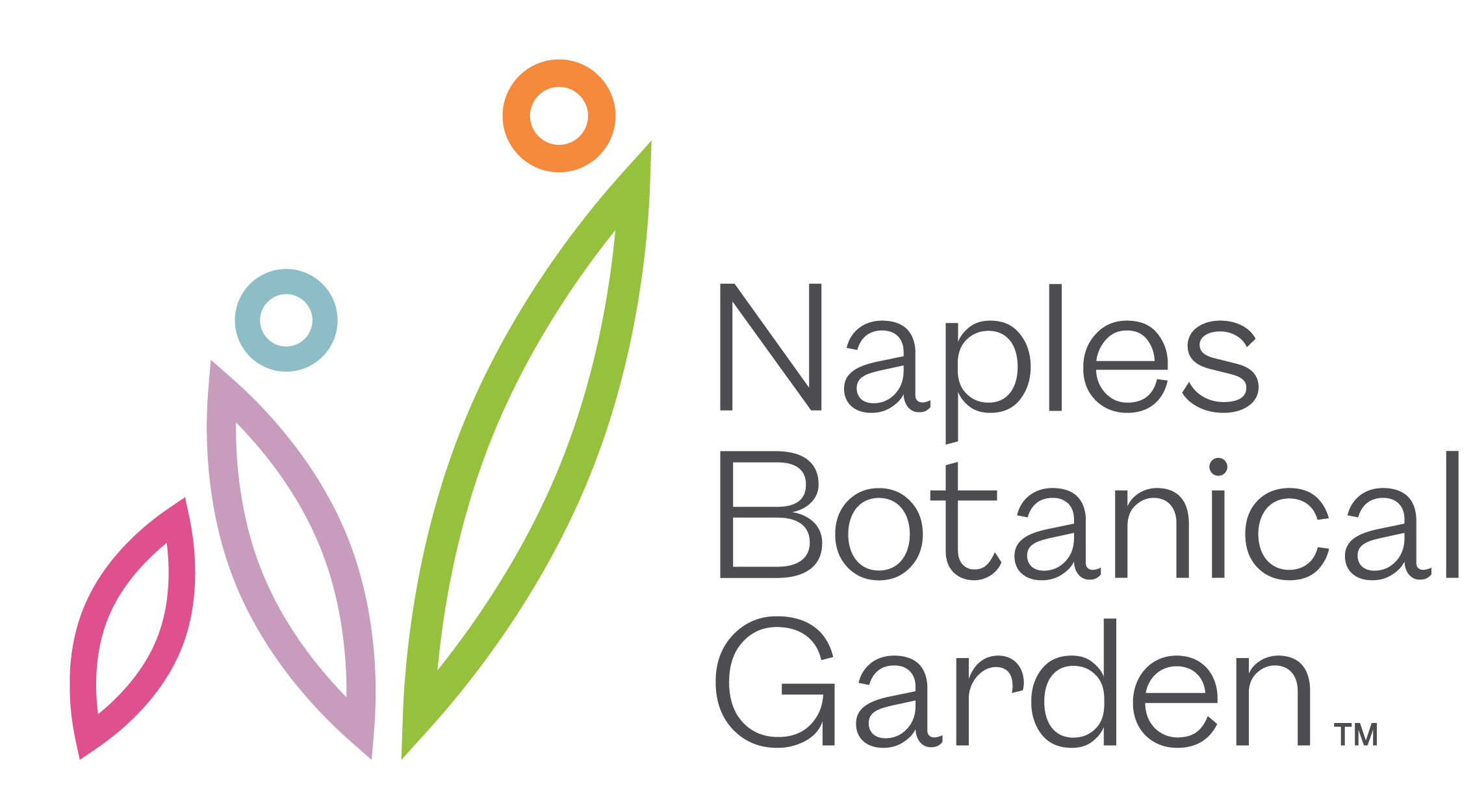If you have been following our Container Gardening Series, we’re assuming you’re looking for ways to reconnect with traditional and environmentally friendly food production methods. One great way to nourish your new container garden and eliminate food waste in our landfills is to start your own compost. Because Florida has sandy soil that can be difficult to grow in, compost is a home-grown gold that can bring life to your garden beds or containers. Compost is full of organic matter that breaks down over time, increasing the amount of essential nutrients present in your soil. It can be made from yard and garden debris such as leaves and untreated grass clippings or from kichen scraps. Avoid using any meat, oils, fatty foods, or chemically treated plant material. You can also compost newspaper, coffee grounds, tea bags, and paper grocery bags.
Compost is made as microorganisms decompose organic matter. The process is a balance between moisture, organic waste, temperature, and oxygen. There are two important elements in decomposition: carbon and nitrogen. The proportion of each plays a critical role in a healthy compost. The compostable materials mentioned in the chart below can be organized into two categories: greens and browns. Greens are your plant materials, such as untreated grass clippings and kitchen scraps, which add nitrogen to your compost. Greens also add moisture to your pile, which is another important component. Browns are your larger yard debris, such as dead leaves and branches, and paper materials such as newspaper and paper grocery bags. The browns add carbon to your compost. To be technical, the optimum carbon to nitrogen ratio of your compost should be 30:1.


There are a variety of ways to set up your compost: pile or heap, tumbler, or vermicomposting. Compost bins and tumblers are great choices for small spaces and are visually tidy. You can find all sorts of sizes and styles with a quick internet search. You can also make a DIY composting system using large plastic bins. If building your own pile, it is ideal to layer your greens and browns. Browns will decompose slowly when they are not in the presence of greens. Greens add moisture, which helps with the rate of breakdown. Air circulation also aids in breaking down your compost, and you can do this by turning your pile or tumbler.
If you want to step up your composting process, you can add earthworms to your bin or pile. They will eat the waste and debris and help create the essential nutrients that liven compost, often referred to as worm castings. Yes, that’s worm poop!
When your compost breaks down, it turns into a humus—not to be confused with the hummus made from chickpeas! This humus is a crumbly, soil-like material that has an earthy smell. Once it reaches this stage, you can directly add it to your garden bed or containers. You can also make a compost tea as a liquid fertilizer to use as you water your garden. Compost tea should be 5–parts water to 1–part compost. You can mix this in a bucket and sieve off the “tea,” or you can create tea bags using cloth from old clothing, which is great to do if you need a small amount of compost tea. Each “tea bag” equals a 1–part measure. Apply compost tea to your garden bed or containers on a weekly basis or as needed.
Because plants decay slowly, it will take two to 12 months before your compost is ready to use. This broad timeframe depends on the size and maintenance of your pile. The smaller it is, the sooner you can use it.
Composting is a great way to recycle kitchen, garden, and yard waste that would’ve ended up in a landfill into something that nourishes your plants.

